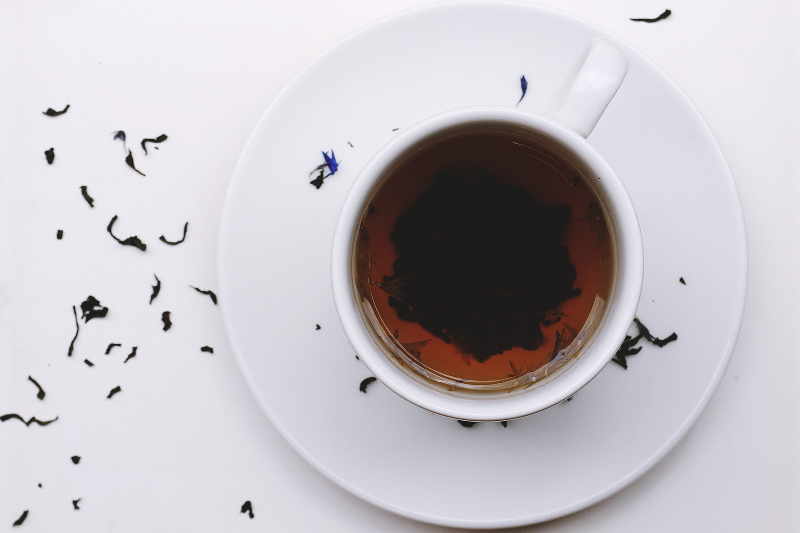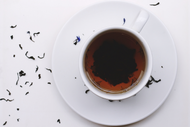Fortune Telling in a Teacup
28th Sep 2021

Tasseography is a form of fortune-telling by reading patterns and shapes in
tea leaves. Sometimes referred to as tasseomancy or tassology, this practice has been seen throughout history and in a wide range of places including Asia, Ancient Greece and the Middle-East.
Western tea leaf reading, however, can be traced back to the main trade routes for both tea and coffee which started in the early 17th century. The nomadic population of the Slavic and Baltic nations actively helped to spread this method of divination throughout Europe.
By the mid-1800s loose leaf tea was accessible to a wider public, rather than reserved for the upper classes which had been the case in previous eras. Tea rooms and tea parlours became very popular meeting places where Romani people were often invited to give readings.
As the popularity of tasseography increased, the start of the 19th century saw potteries in the UK and America producing specially designed and patented tea leaf reading cups and saucers. Within the decorative designs were markings and instructions on how to use. This may explain how some people learnt to read tea leaves at home and pass down their clairvoyance skills to the next generation.
There are various methods for reading tea leaves
but here some simple instructions:
Step 1
It is best to use a light coloured or white cup so that you can see the tea leaf patterns easily. Use a good quality loose leaf black tea. Unfortunately tea bag leaves are not suitable as they are often made with dust and fannings which are too low grade. Choose something with a rich taste and distinctive aroma. We recommend something like Russian Caravan which was loved by silk traders of old or our best selling Smoky Earl Grey, which is a firm favourite for afternoon teas.
Pour a cup of tea (without a strainer) and take your time to enjoy. Whilst you relax, start to contemplate a question that you would like an answer to.
Step 2
Once the tea has been drunk, try and leave about a tablespoon of tea in the cup. Firmly place a saucer or lid over the cup and shake. Then drain off the residual liquid. Alternatively, you may prefer to swirl the cup to distribute the tea leaves and then drain the remaining tea.
Step 3
The tea leaf reader now looks at the patterns left by the tea leaves and uses
their imagination and intuition to interpret the patterns and shapes.
They may see an animal, a letter or specific shape such as a heart. Authorities on the subject suggest that these shapes can be interpreted using logical symbolism, for example a snake could mean malice or deception, a mountain could mean a struggle or journey. A full list of over 150 symbols and meanings is listed in A Highland Seer's book - Tea Cup Reading & Fortune Telling by Tea Leaves.
Reading usually starts at the outer edge and works
inwards. The events near the rim of the cup denote what is going to occur
first and shapes near the centre of the cup show what is going to occur in the
future.
According to Sips By tea leaf reading is unique in that it tends to
focus on positive energy rather than negative aspects. This 'postivitea' is something we wholeheartedly agree with!.
Have a go at Home
Tasseolography is still going strong today and there are lots of guides and kits to get you started. For instance, Jane Lyle's book, 'A Cup of Destiny' is widely distributed in many respected book shops and 100 Tea Leaf Reading Cards by Nest, offer some fun pointers of what to look for in your tea leaves, along with some famous tea quotes.
Reading tea leaves was a popular parlour game in Victorian England and can be just as much fun in 2021. So start sipping, swirling and soothsaying!.

